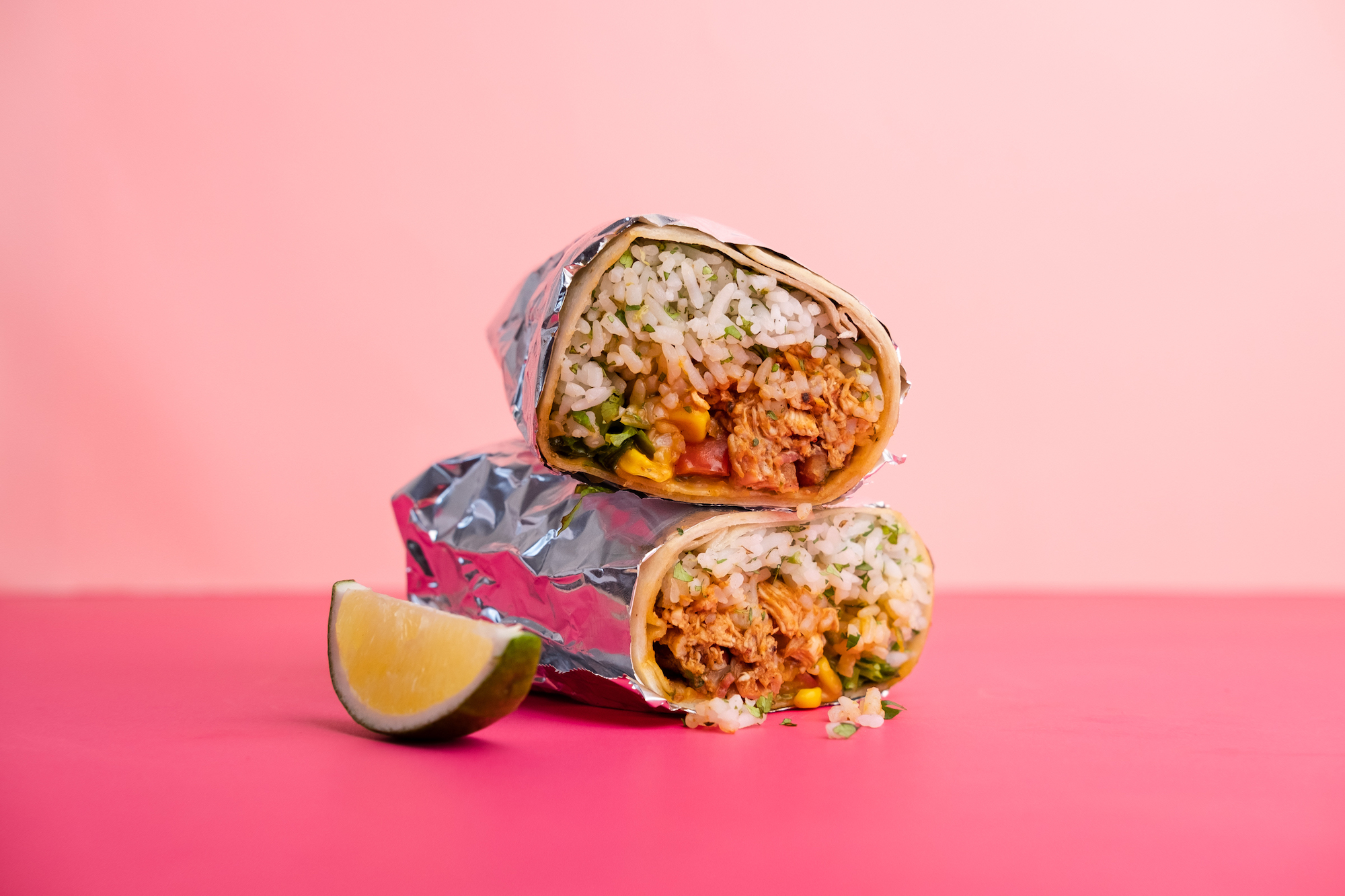Cloud kitchens seem to be a natural trend to have emerged out of the COVID-19 pandemic. With online deliveries expected to reach $154.34 billion in 2023, restaurateurs are setting their sights on this new business model to take advantage of the increasing number of people relying on meal delivery services.
This particular business model is an attractive one for budding entrepreneurs and those wanting to set up their own food business. Overhead costs are minimal—with no need to build an actual physical establishment or rent a space—and there’s no need to spend on waitstaff or crew as well. Resources can be allocated to R&D and creating a strong presence in the digital space.
One startup that is banking on the strength of cloud kitchens locally is Kraver’s Canteen, which launched in 2020 and now runs six cloud kitchens that serve customers across NCR. We had a chat with Victor Seunglee Lim, who co-founded the company alongside Eric Dee and Victor Mapua, on how they started operations at the height of the pandemic and their experience so far as a frontrunner in this (so far) underdeveloped industry.
Was the launch of Kraver’s Canteen a direct response to the pandemic and surge of delivery?
We actually started planning our business in December 2019, incorporated by January and in fact had just secured our first location. Then we began constructing in February before ECQ hit in March 2020. Even pre-pandemic, we saw that the food delivery market in the Philippines was going through some explosive growth and recognized the potential and opportunity to build cloud kitchens.
Unfortunately, we didn’t actually get to finish the kitchens before the lockdowns hit. And while food businesses were allowed to continue to operate during ECQ, construction was specifically not, so our plans were put on pause for a few months. At the same time, we also recognized that the pandemic was unfortunately a unique and unprecedented opportunity to validate the cloud kitchen concept.
“At its core, our relationship with aggregators is the same as how other brands and restaurants would have—we still list on a commission basis and operate in the same playing field. However, the difference is that we put 100 percent of our energy into our online channels, unlike other restaurants that might treat delivery channels as secondary,” says Victor Lim about the dynamics between cloud kitchens and aggregators.
We all knew that our business just got fast-tracked with a jet fuel start, so that was the time we doubled down. We used that time instead to flex our production capabilities and begin R&D for new products from our home operations. We did all these while donating the output to organizations such as FrontlineFeedersPH.
Tell us about the experience of launching during COVID-19 and working with brands that may or may not have been prepared to pivot to delivery.
Launching during the COVID-19 pandemic was a bit like trying to build a house on a deserted island. After the lockdown hit us mid-construction, everything we did was met with some kind of restriction or limitation.
The first problem we had to deal with was mobility. How can we bring our construction team in and where will they stay? In terms of materials, construction deliveries were blocked and suppliers were completely shut down. Once we were finally able to get the kitchen operational, we had to solve the same problems for our chefs and food supplies. We continued navigating this new environment and taking safety precautions like renting out nearby apartments for the staff and hiring shuttle drivers.
Once we were all set up, bringing on partner brands was no problem. By the time partners entered our kitchens, we had already done the busy work to set up the facilities. All they needed to do was configure their kitchen space and begin operating.
How do you decide on who to partner with? Do you base it on customer demand or what works for a specific location?
Our model is certainly not one-size-fits-all as it’s not physically possible to entertain everyone. We understand that every brand has different sets of requirements. Instead, our process flow looks something like this: Requirements and Compatibility > Feasibility > Opportunity > Solution Creation.
Customer demand is definitely one of the most important factors throughout the entire process as we need to make sure the food can sell. But sometimes brands can serve strategic purposes as well whether they are particularly well-suited for the delivery model or add value to the assortment of products. We also like to invest in and gamble on wacky ideas that could become the next food trend.

Is the cloud kitchen concept a profitable business?
Definitely! In fact, this is the number one reason why brands are now moving to the cloud kitchen model. Not only is it way cheaper to build, it is also significantly cheaper to operate given that brands are only required to maintain a small fraction of the operation.
There are two models by which cloud kitchens make money. The first is by selling their own food, which they can do cheaper under the cloud kitchen model, thereby saving a lot on overhead and earning returns faster. Under this aspect, the primary drivers of earning include volume, food costs, pricing, marketing, portioning and packaging.
Another way is by building and leasing out cloud kitchen spaces to enable other partner brands; [that is] earning revenue by charging fees. Under this aspect, the primary driver is more on the B2B side, around the location and facilities themselves.
There are two models by which cloud kitchens make money. The first is by selling their own food, which they can do cheaper under the cloud kitchen model, thereby saving on a lot of overhead and earning returns faster. Another way is by building and leasing out cloud kitchen spaces to enable other partner brands, earning revenue by charging fees.
What difficulties did you encounter that may or may not be specific to the cloud kitchen concept?
There are two primary challenges that come with the cloud kitchen model. The first has to do with establishing credibility for online-only brands. While the aggregators coming into the market did help create an even playing field for brands to compete, the reality is that brand recognition is still the top factor in driving sales. Customers still rely on offline presence to give credibility. With limited customer touchpoints, online-only brands have to overcompensate on every element of our business to ensure that the experience is optimized and fine-tuned.
The second is on production speed and capacity. Unlike a traditional restaurant that can close its doors when capacity is full, cloud kitchens must be prepared to service more aggressive and extreme peaks during rush hours. And regardless of these peaks, every customer also expects to be served within 45 minutes or less, as there is no way for them to see the line of tickets that the kitchen is serving at that time. This is in contrast to offline customers who can see the line and decide to shop elsewhere or consciously choose to wait.
What are the critical elements of a successful cloud kitchen operation?
I would say it’s innovation. Innovation in products, experience, production and tech. Instead of making a kitchen twice more productive, we are asking, “How do we make it 10 times more productive? 20 times?” And instead of thinking about cloud kitchens competing with restaurants, we think about cloud kitchens competing in e-commerce—where our tech-enabled processes and kitchen operations are closer to warehouse operations than a brick-and-mortar restaurant.
With so many brands and food entrepreneurs showing interest in the model, besides the challenges of scale and production, the other challenge is maintaining the quality of each brand at a large scale. For online-only brands, any slip in quality or experience will lead to a permanent lost customer, so the stakes are high.

What does the future hold for the cloud kitchen industry? Do you see it thriving once the pandemic is over?
Cloud kitchens are certainly here to stay. What we are seeing now is just the beginning, so I suspect that in a few years the conversation around cloud kitchens will be quite different than it is today. It won’t be about whether or not cloud kitchens are a viable business strategy, it will be about what kind of services and product offerings cloud kitchens can offer.
What is your advice to entrepreneurs who are also looking into the cloud kitchen space?
Remember two things: Cloud kitchens are not designed to replace the brick-and-mortar experience. It is instead a new opportunity for brands, both new and existing. And customers know if you are shortchanging them. Don’t skimp on the experience part. Always put the customer experience first above everything else.





